A Handful of a Summer: Tennis begins the next phase of its reopening
By Aug 03, 2020Social
Victoria Azarenka reports 'no long-term damage' after Miami Open injury
By Mar 29, 2025WTA Dubai, UAE
Three to See, Dubai Day 3: Azarenka vs. Swiatek, Gauff vs. Kessler and Bencic vs. Navarro
By Feb 18, 2025WTA Dubai, UAE
Victoria Azarenka rallies from 6-2, 5-2 down to beat Anhelina Kalinina in Dubai
By Feb 17, 2025Social
Quote of the Day: Victoria Azarenka doesn’t recommend tennis for “mental wellness”
By Feb 17, 2025Coaches Corner
Who is Francis Bougy? Get to know Victoria Azarenka’s strength and conditioning coach
By Feb 10, 2025Social
Show and tell! Victoria Azarenka surprises son Leo's school with special visit
By Jan 31, 2025Social
Elon Musk, Piers Morgan weigh in on Novak Djokovic's Channel 9 feud at Australian Open
By Jan 20, 2025Guadalajara Open Akron
Olivia Gadecki hands Danielle Collins fourth straight loss to continue Guadalajara run
By Sep 12, 2024Open Up: A Player Portrait
"The nicest person I've ever met": Happy 30th Birthday, Ons Jabeur!
By Aug 28, 2024A Handful of a Summer: Tennis begins the next phase of its reopening
From the coronavirus abyss, pro tennis slowly reemerged around the world. The lessons it heeds will be essential to what happens from here.
Published Aug 03, 2020
Advertising
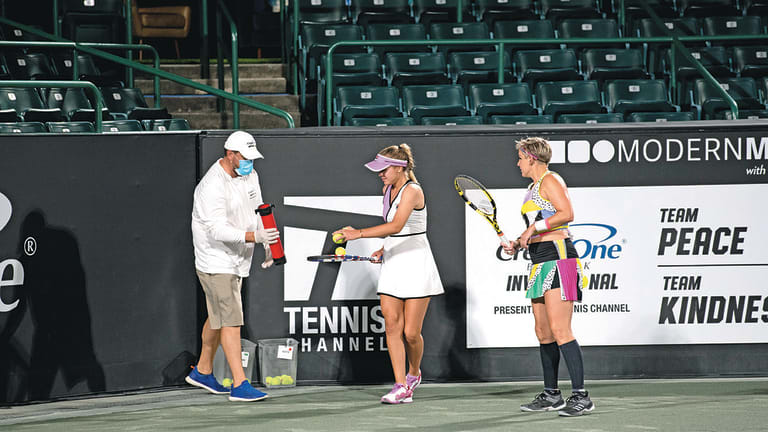
A Handful of a Summer: Tennis begins the next phase of its reopening
Advertising
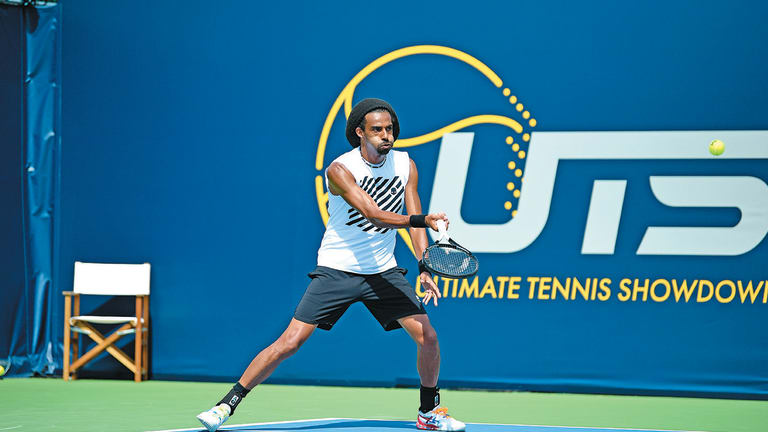
A Handful of a Summer: Tennis begins the next phase of its reopening
Advertising
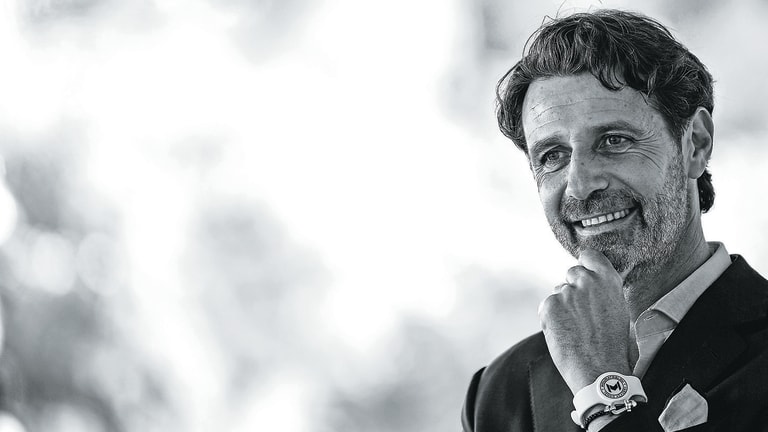
A Handful of a Summer: Tennis begins the next phase of its reopening
© Antoine Couvercelle / Panoramic
Advertising
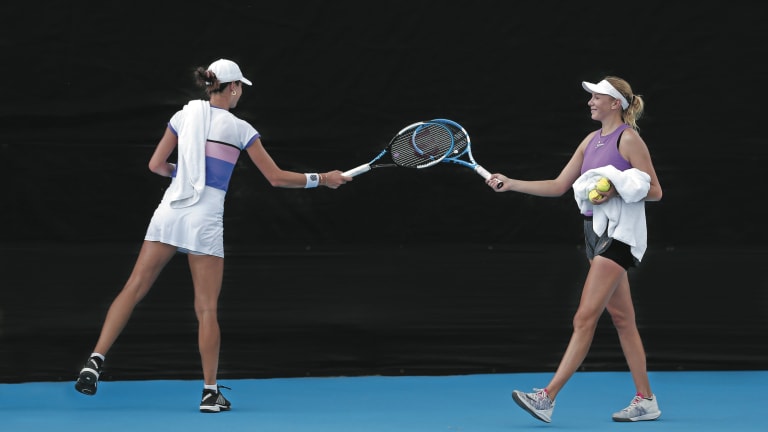
A Handful of a Summer: Tennis begins the next phase of its reopening
© 2020 Getty Images
Advertising
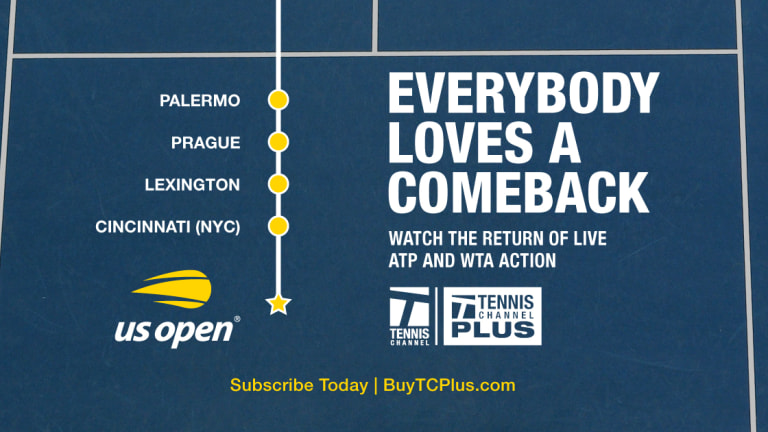
A Handful of a Summer: Tennis begins the next phase of its reopening